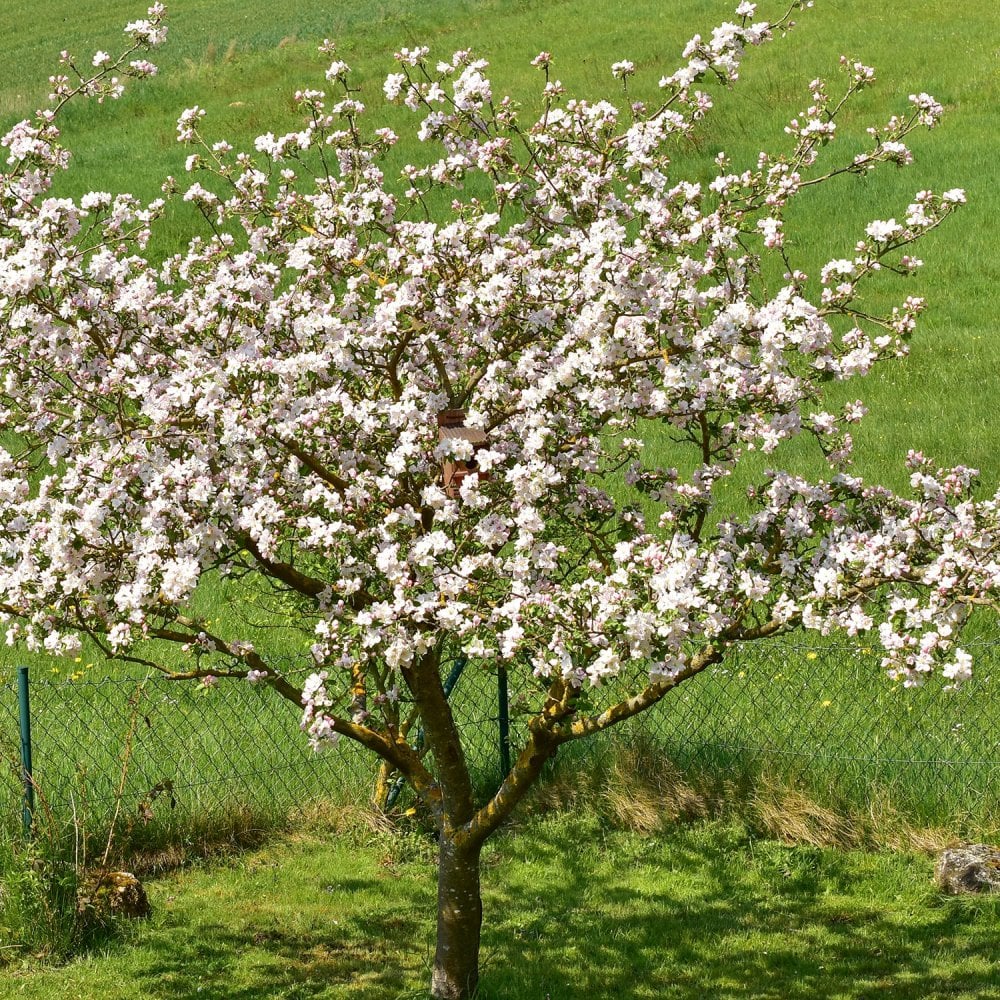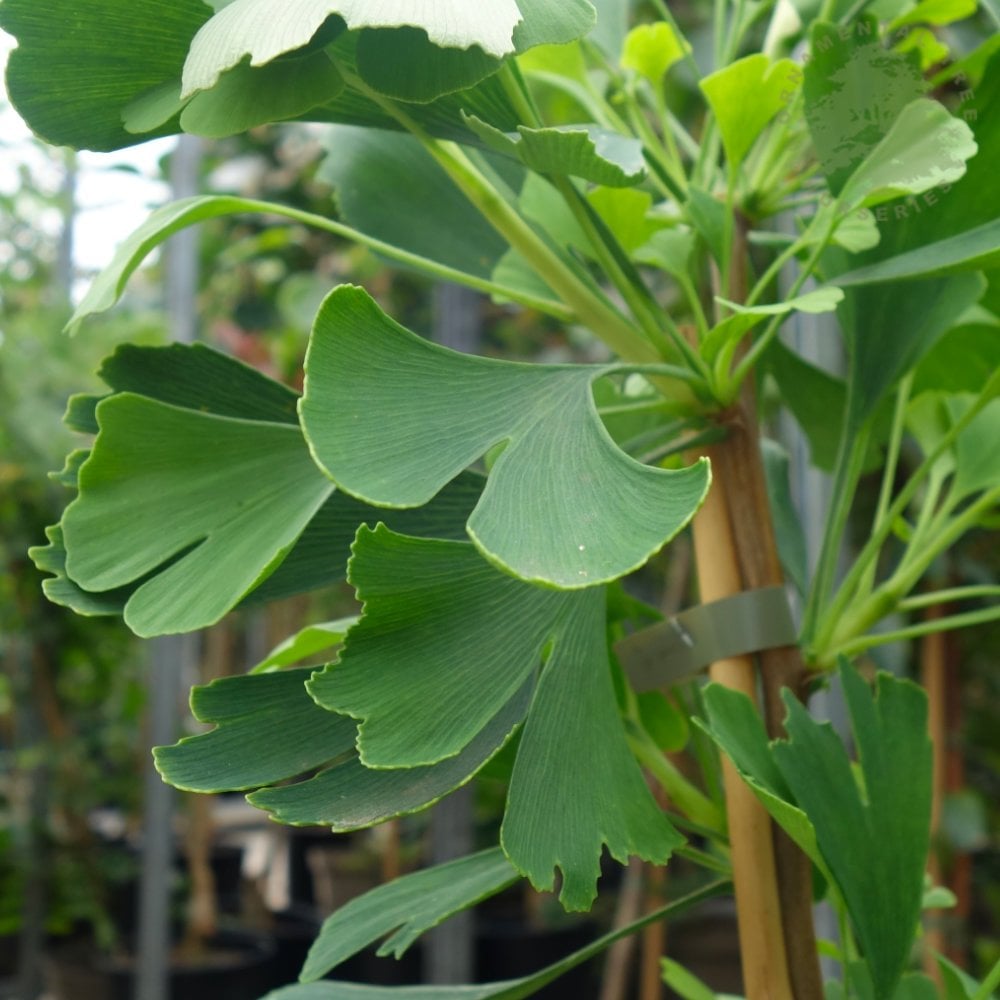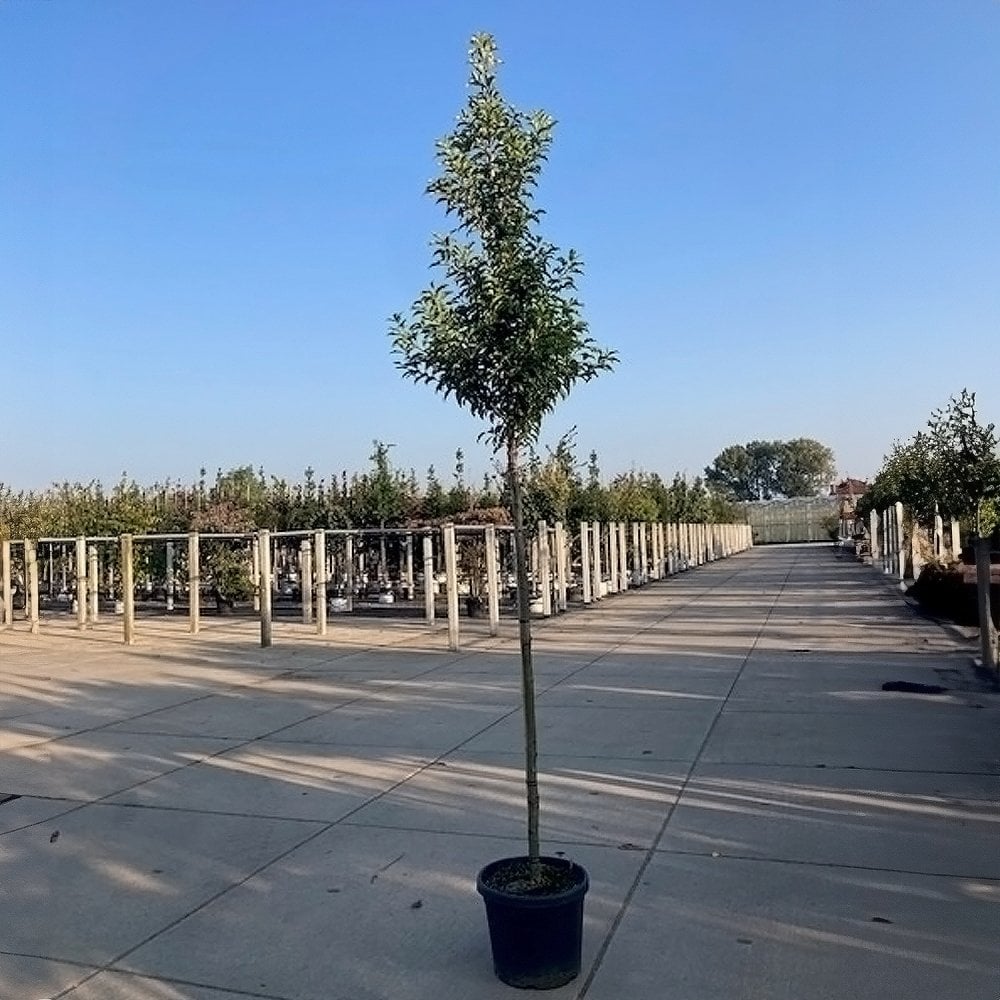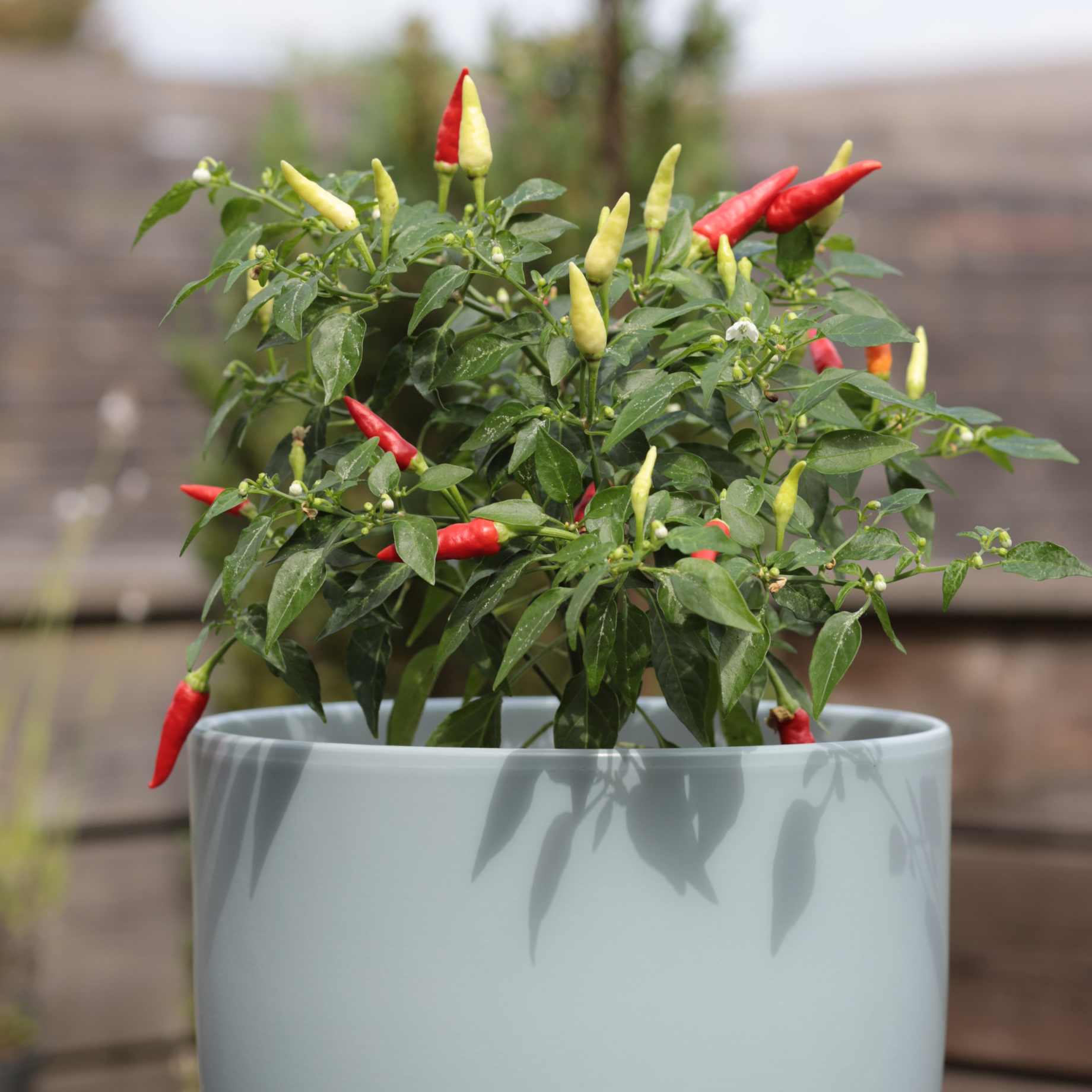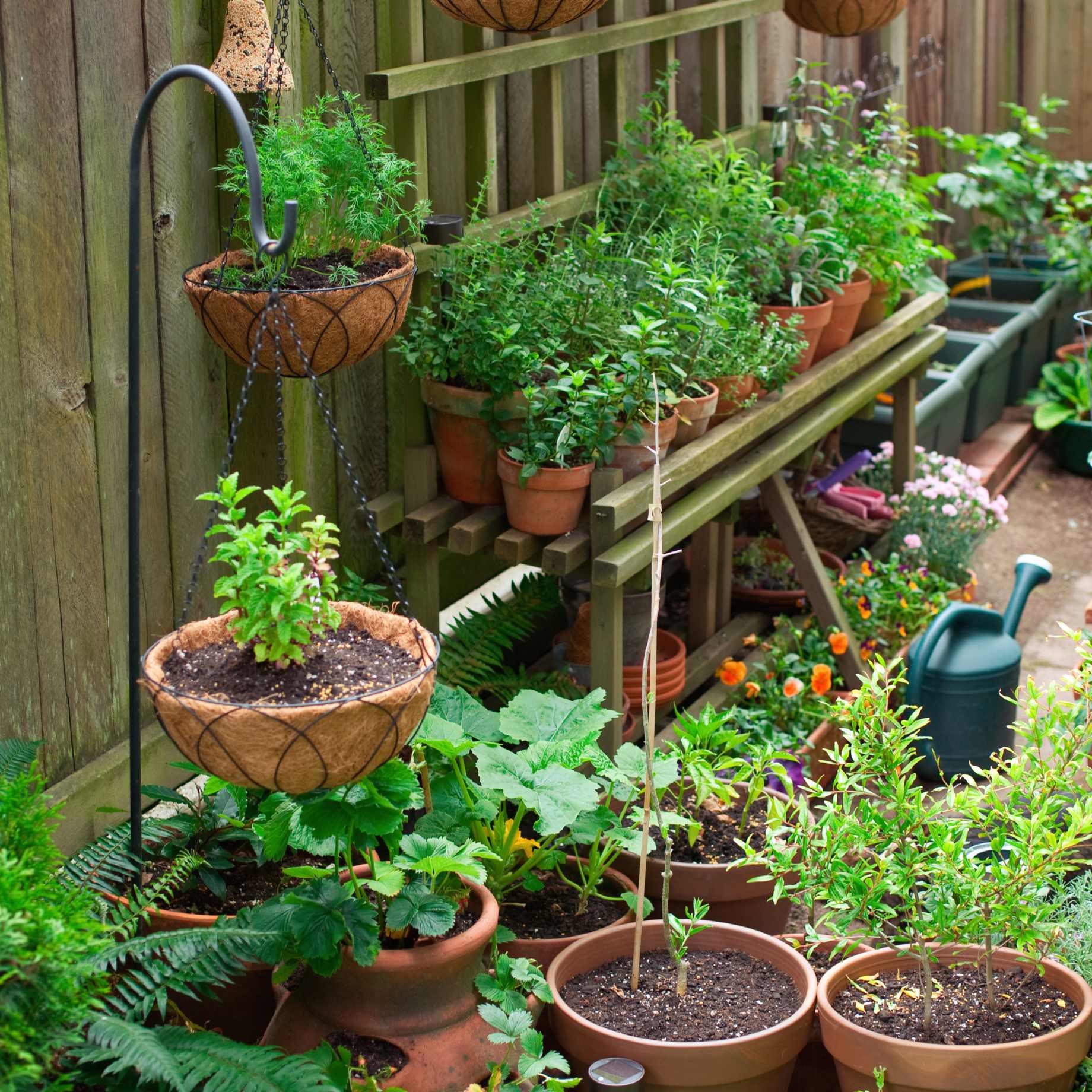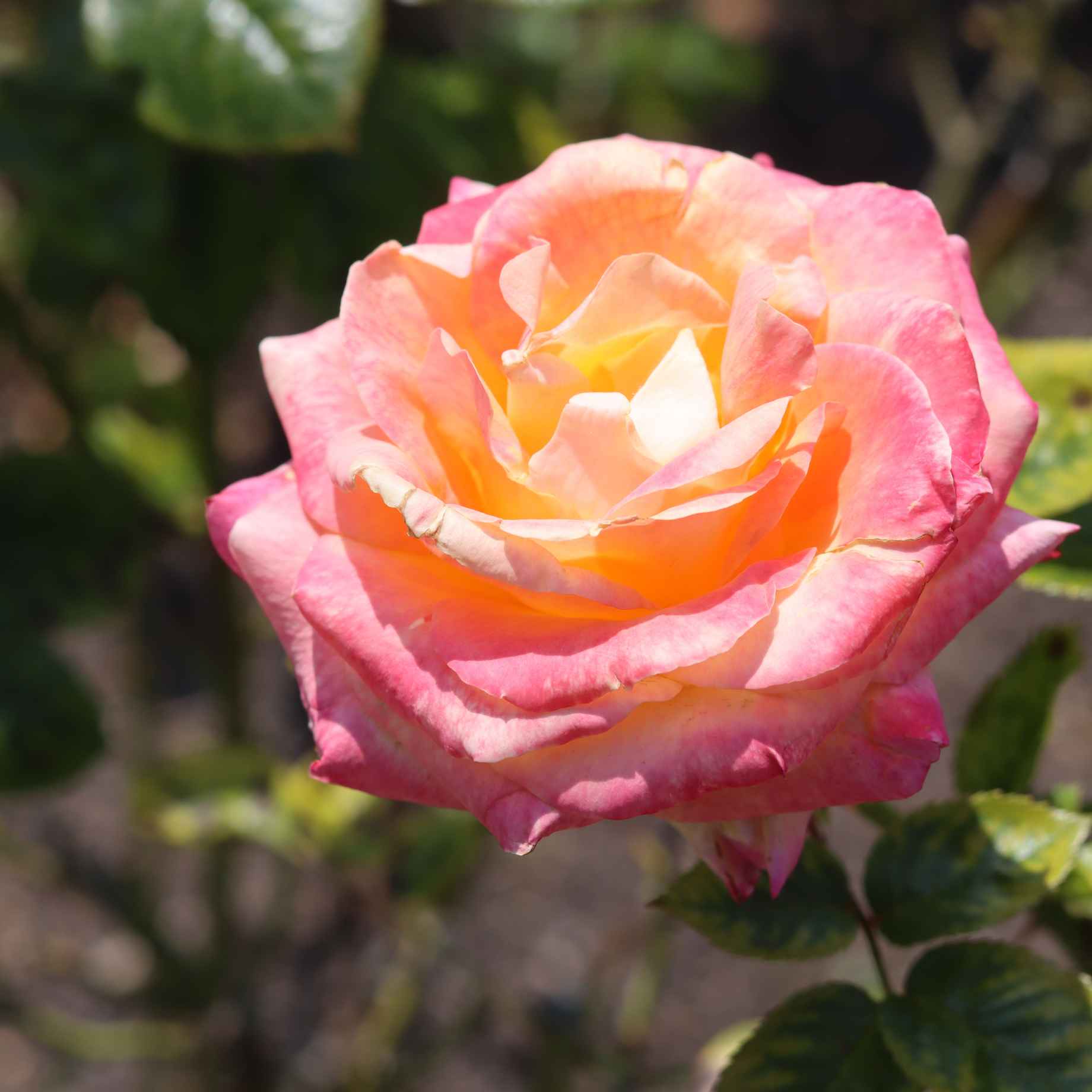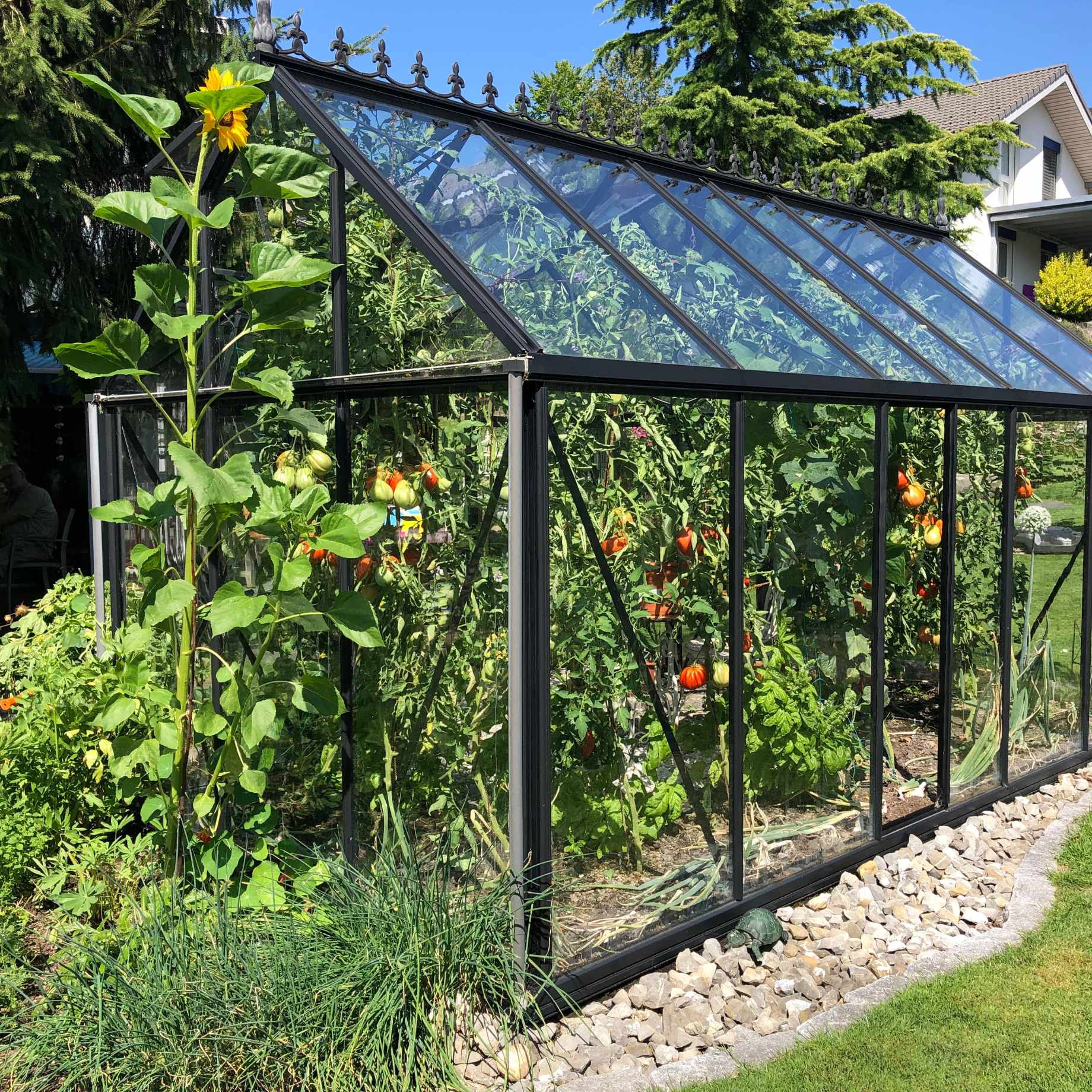Key features
Final size8 x 5 metres in 20 years
FoliageGreen leaves (deciduous)
FlowersPink-tinged white blossom in spring
PositionFull sun to part shade
SoilPrefers moist yet well-draining soil
Description
Malus sylvestris is our wild, European Crab Apple tree. It looks at home in the garden whilst being a haven for wildlife. In late spring, it produces masses of pink-tinged white blossom. These are followed in autumn by red-flushed yellow to green crab apples. Not only are the fruits enjoyed by birds, but a number of small mammals such as voles may tuck in.
A tough tree, Malus sylvestris is hardy and can cope with exposure to wind. It suits a sunny to partially shaded position and can grow up to 8 metres in height over 20 years.
Planting Steps
1Preparation
- Pot-grown plants can be planted at any time of year, whereas bare roots need to be planted between November and March.
- Clear weeds and grass within a metre of the planting hole.
- Dig a hole as deep as the root mass and twice as wide.
- To help your plant establish more effectively, sprinkle Rootgrow in the hole.
2Planting
- Gently loosen the roots and place into the planting hole.
- Ensure the top of the plant’s compost is flush with the level of the surrounding soil and the graft union or collar of the tree is above ground level.
- Mix 50% of the original soil with 50% compost.
- Fill in the hole, firming the soil gently.
3Last Steps
- Water generously around the base of the plant.
- If you are planting either a single stem tree or mature standard tree, we recommend adding a staking kit and rabbit guard.
Aftercare Advice
Crab Apple trees require a good watering regime for a couple of years whilst they establish. Water well and regularly through spring and summer, increasing in hot or dry weather. If planting in autumn, you may only need to water a little. It is advisable to keep the area free of competing weeds and grass during this period.
You can harvest culinary Crab Apples in early autumn or leave them for birds to enjoy. The trees should be pruned in winter but do not require hard pruning. Avoid trimming the tips of branches. Simply remove any dead or damaged branches and shoots at the base of the tree i.e. suckers and water sprouts.
For more detailed advice and video guides, please visit our Help & Advice section.

